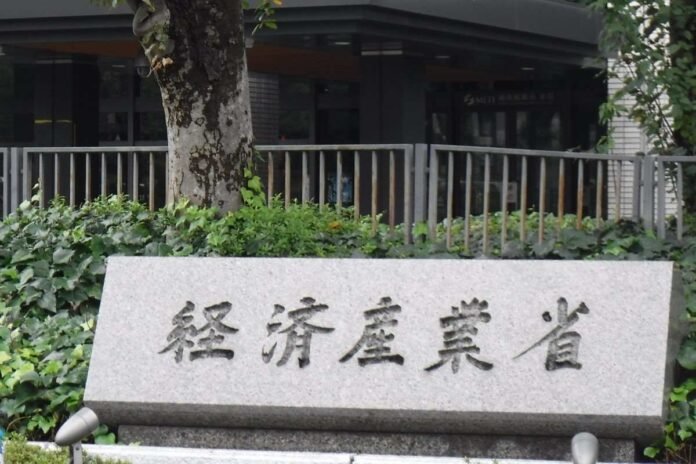The Ministry of Economy, Trade and Industry building in Chiyoda Ward, Tokyo.
1:00 JST, May 5, 2024
The Ministry of Economy, Trade and Industry has for the first time put together a guide to so-called ‘carve-out ventures’ – startups that are created when a large company sells a stake in a business unit.
This move is intended to uncover technologies that may be overlooked at large companies and boost technological innovation. The guide was released on April 26.
A carve-out venture involves the strategic separation of a business unit. When a large company decides that the unit would not be the center of its main activity, even if it has advanced technology, the new entity is formed by employees who venture out on their own or through other means.
Becoming independent allows for quick decision-making that can help expand the business, making it more attractive to investors.
“By becoming independent of the parent company, [the carve-out venture] will be able to maximize the speed of business growth by quickly and proactively addressing new business opportunities and research and development,” the guide said.
The guide also emphasizes the importance that carve-out ventures “be free from the constraints of the parent company and create the opportunity to operate businesses that are best suited in a competitive environment.”
Therefore, it insists that the new company refrain from transferring the parent company’s personnel system, which tends to be rigid, and limit the parent company’s stake to less than 20% to limit its influence.
In addition, the parent company is advised to provide the new venture with intellectual property and management resources. “If resources and organizational knowledge are made available, it becomes possible to achieve synergistic effects,” the guide says.
According to the Cabinet Office and other sources, large companies are responsible for around 90% of private sector R&D expenditure. On the other hand, about 60% of technologies that were not commercialized at large companies have disappeared.



